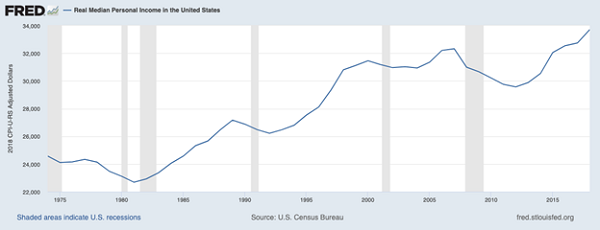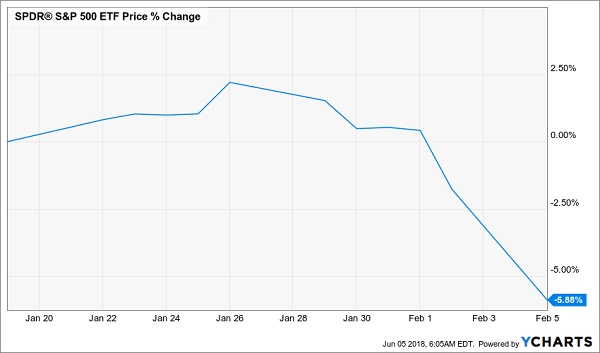It’s the No. 1 retirement question: how much income do you need to quit the 9 to 5?
Today I’m going to help you find your number.
The best place to start is by asking yourself how your post-retirement lifestyle goal stacks up that of the average working American. Do you want to live lavishly or closer to the middle class?
Once you’ve answered that question, the next step is to look to this number: $33,706.
Average American Incomes
According to the Federal Reserve, that’s the average income an American worker earns, and it gives us a handy jumping-off point. This figure has been rising lately, but has stayed stable over the long haul.… Read more


Recent Comments